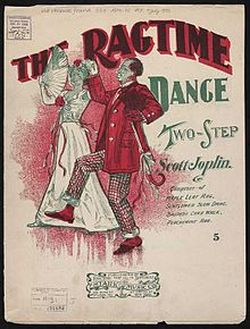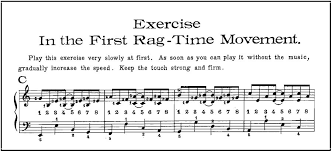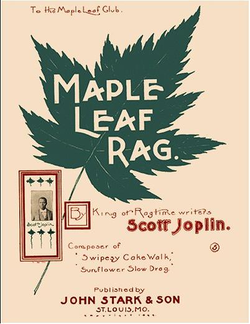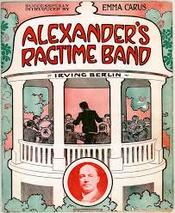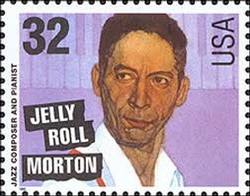
♬ LISTEN: Jelly Roll Morton Trio, 1927
Wolverine Blues
The Morton classic again, recorded in Chicago with Johnny Dodds on clarinet, his brother "Baby" on drums, and Jelly's fulminating piano.
Wolverine Blues
The Morton classic again, recorded in Chicago with Johnny Dodds on clarinet, his brother "Baby" on drums, and Jelly's fulminating piano.
